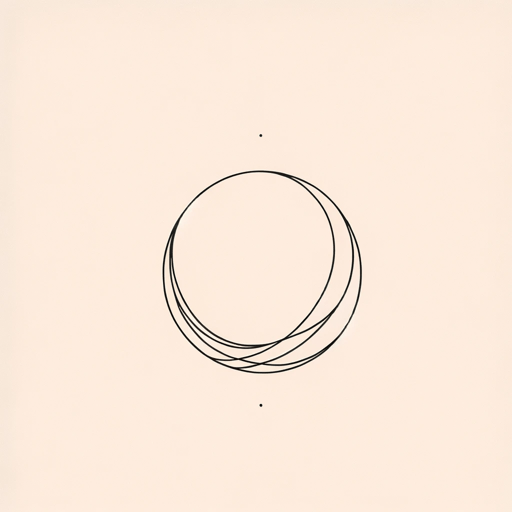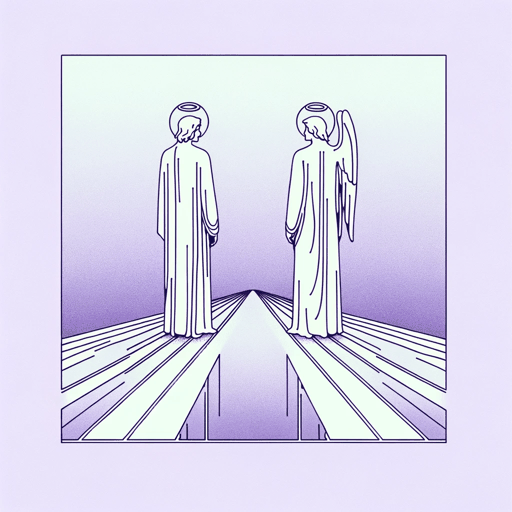55 pages • 1 hour read
Dante AlighieriParadiso
Fiction | Novel/Book in Verse | Adult | Published in 1320A modern alternative to SparkNotes and CliffsNotes, SuperSummary offers high-quality Study Guides with detailed chapter summaries and analysis of major themes, characters, and more.
Symbols & Motifs
Light
Perhaps the most pervasive symbol in the Paradiso, light represents God or divinity and related concepts of enlightenment, insight, understanding, grace, and faith. Dante constantly depicts light as pouring through Heaven to illuminate what he sees and help him feel God’s presence and power. God, as the Trinity, is himself depicted as light at the very end of the poem, which also features a “bolt of lightning” that allows Dante to grasp the mystery of the Trinity.
God’s light shining downward from the Empyrean attracts Dante and Beatrice’s gaze, impelling them upward in their quest. The souls in heaven are themselves depicted as points of light, and the light of St. John the Apostle is so bright that it temporarily blinds Dante. The entirety of The Divine Comedy is presented as a journey from the darkness of the Inferno—suggesting the sinful and wayward state of Dante’s soul—to the blazing light of the Paradiso, signaling his salvation and beatitude.
Wheel/Circle
Images of wheels, circles, and spheres throughout the poem serve as a symbol of the order of God’s universe, in which various parts work together in harmony. Dante conceives of Heaven as a series of spheres surrounding Earth. The Earth and the planets are themselves spherical rotating bodies—Dante compares them to “lofty wheels” (10: 8)—whose roundness suggests completeness or perfection.
Related Titles
By Dante Alighieri
Featured Collections
Allegories of Modern Life
View Collection
Beauty
View Collection
Books on Justice & Injustice
View Collection
Medieval Literature / Middle Ages
View Collection
Mortality & Death
View Collection
Philosophy, Logic, & Ethics
View Collection
Religion & Spirituality
View Collection
School Book List Titles
View Collection




